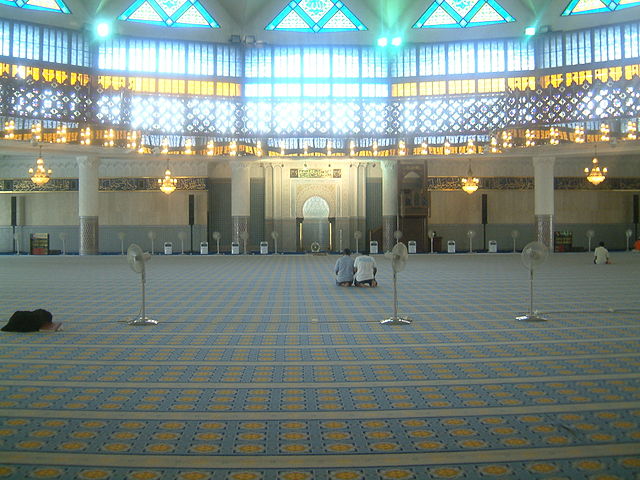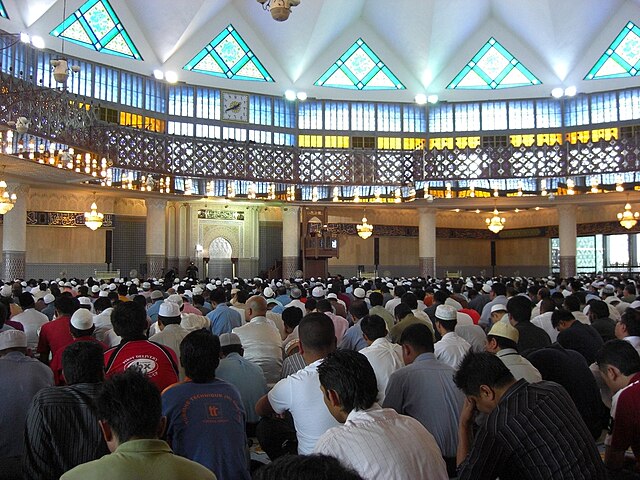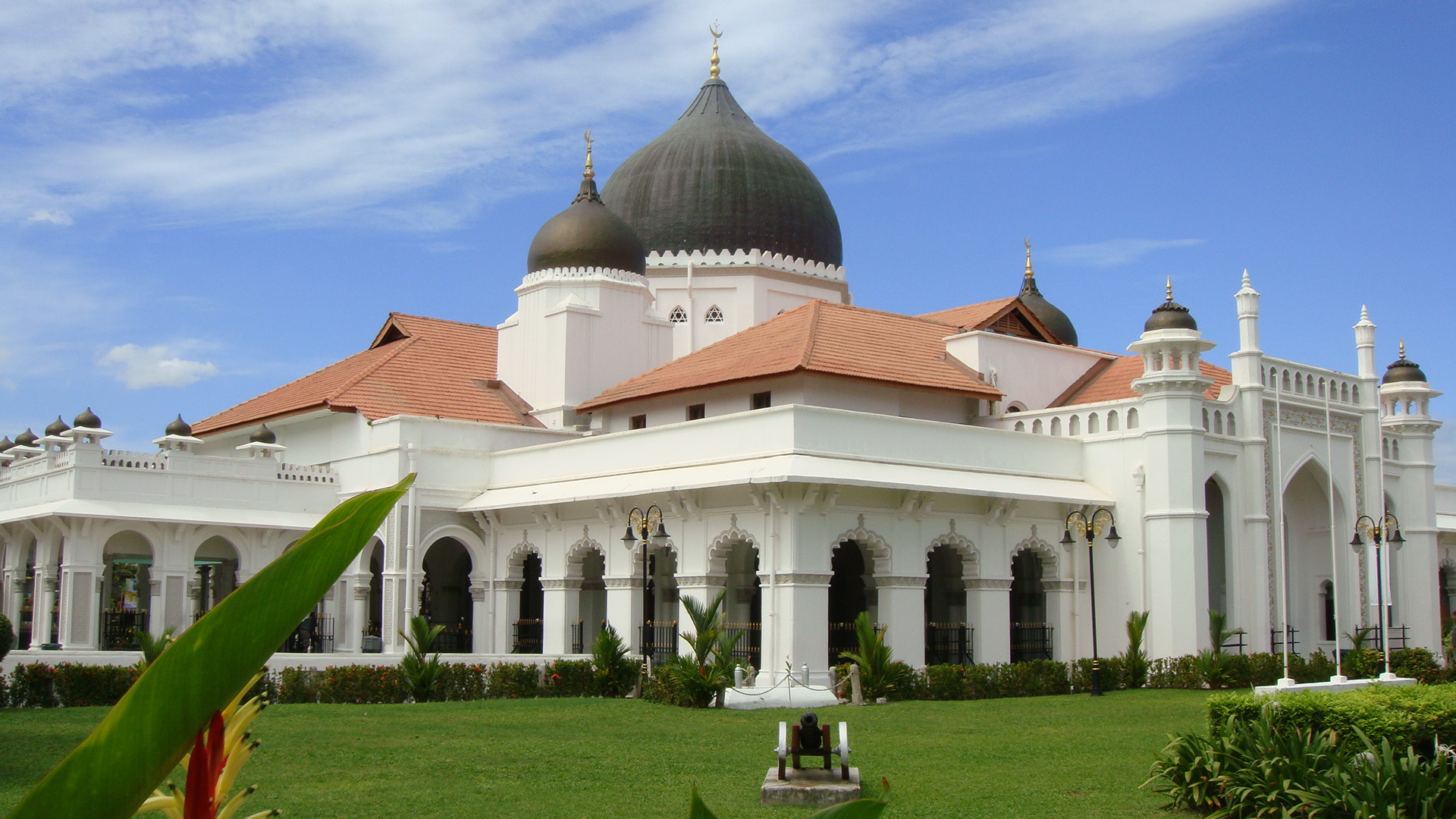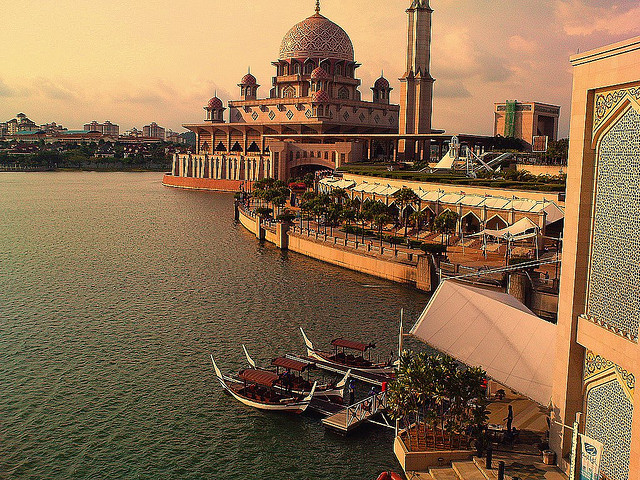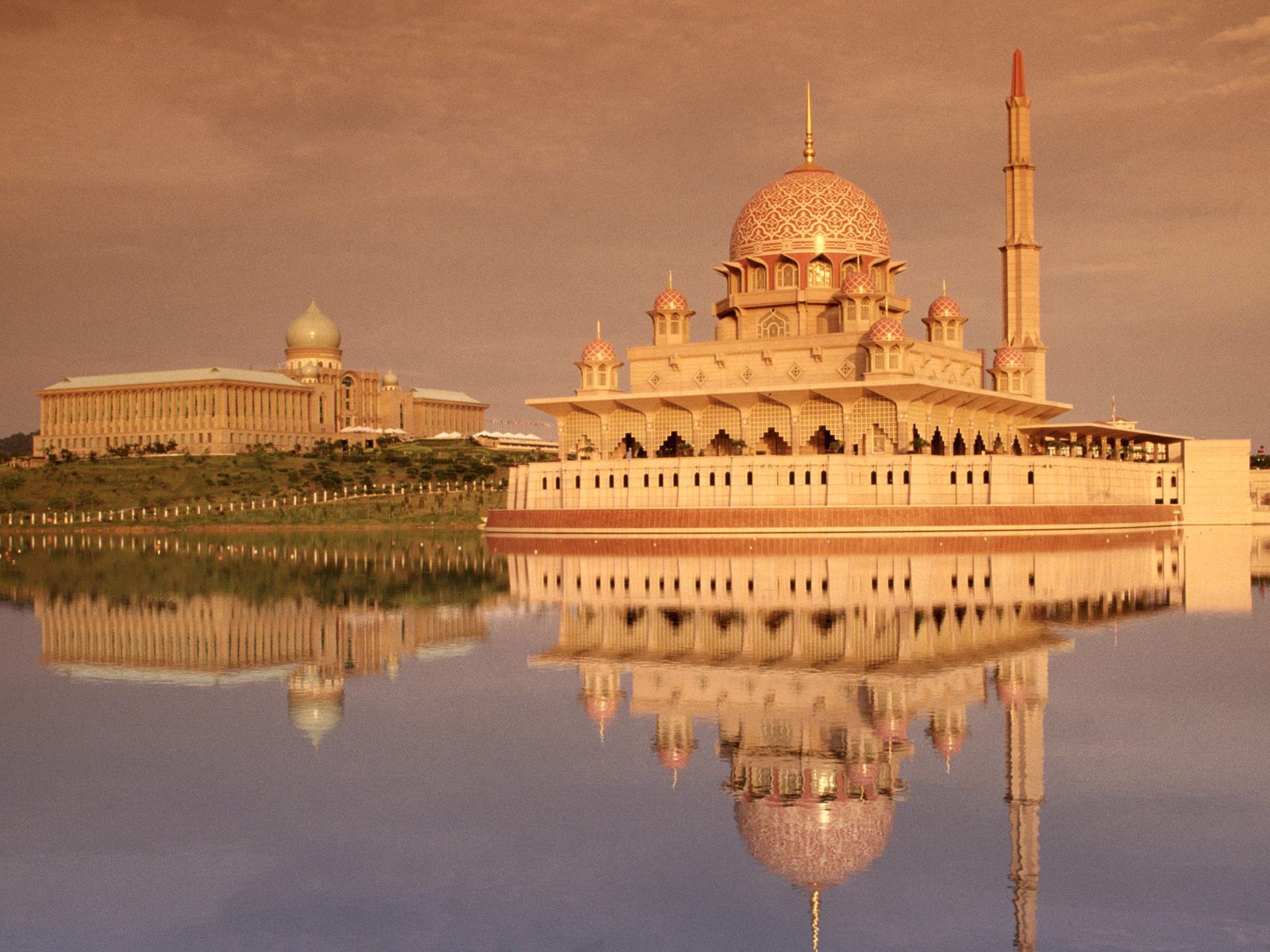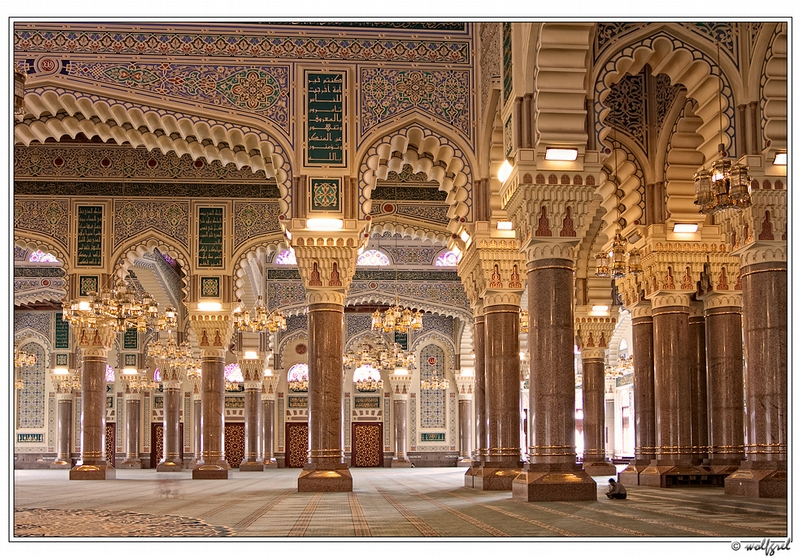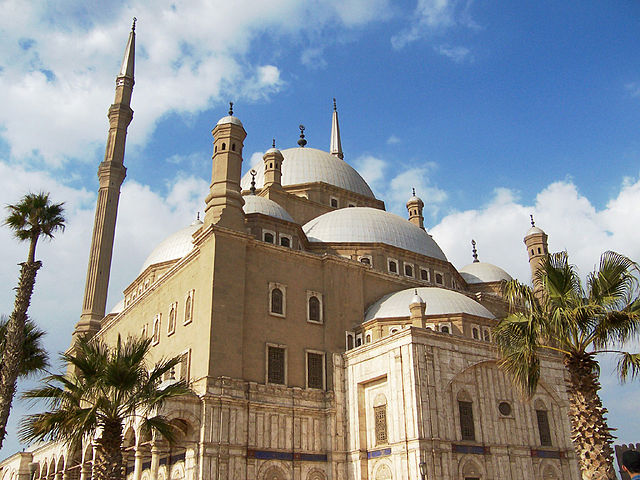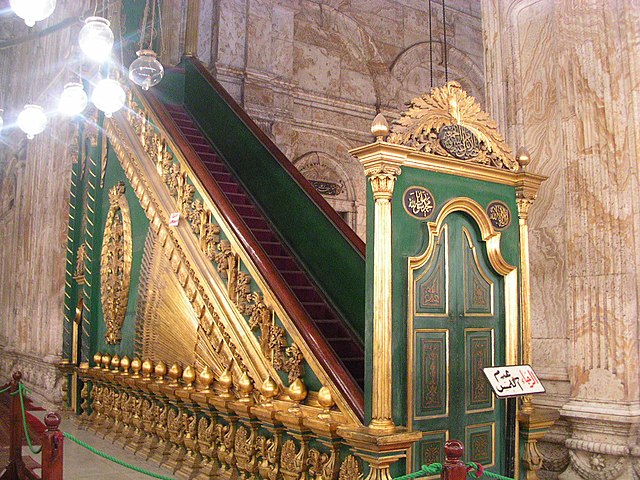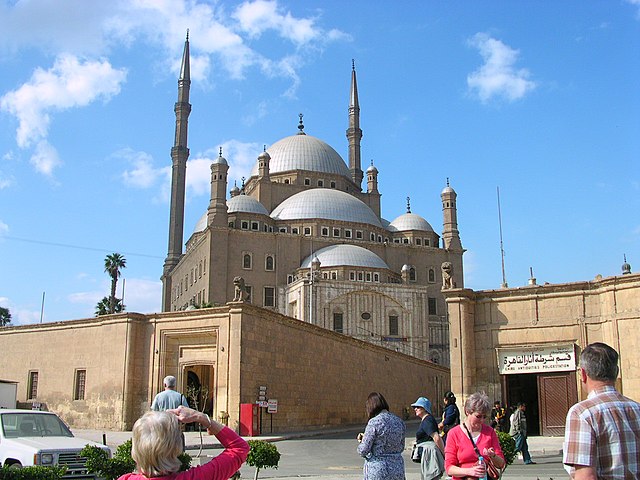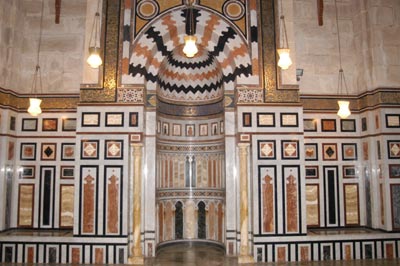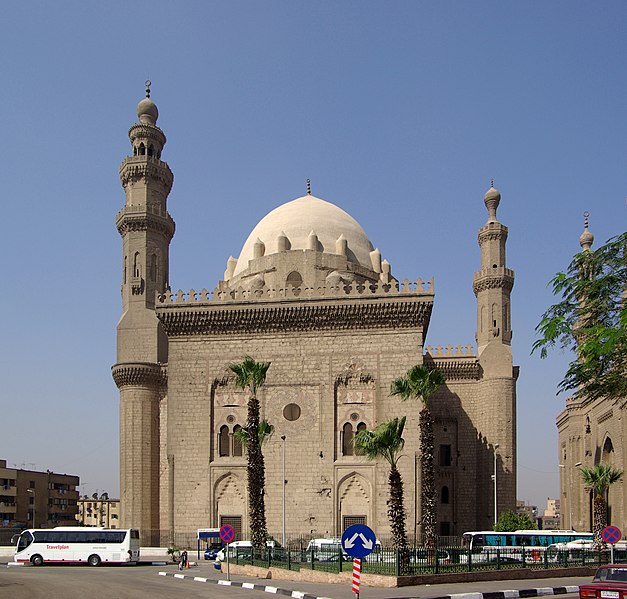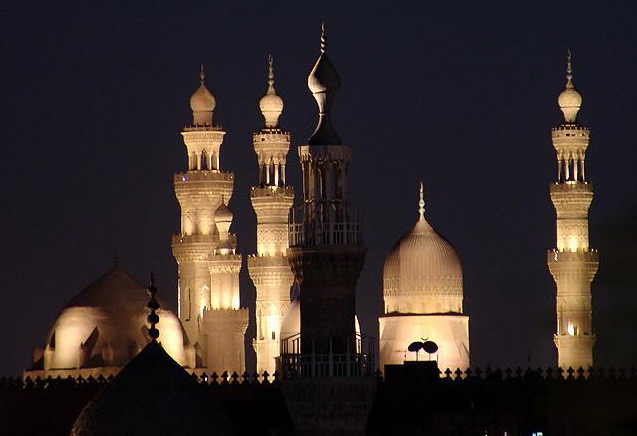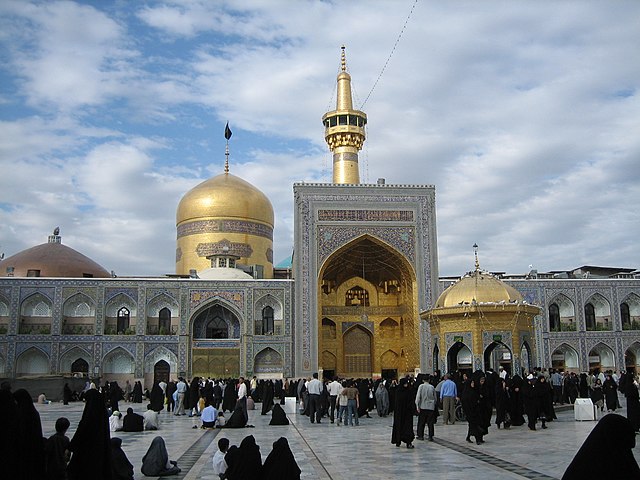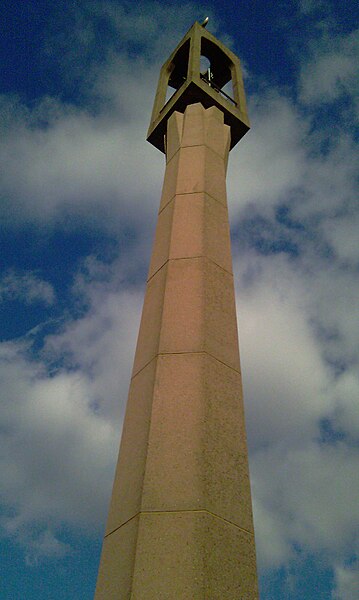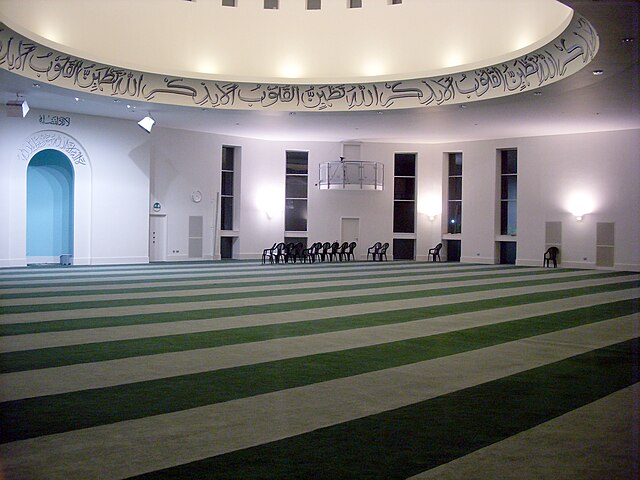SULTAN AHMAD SHAH MOSQUE: MALAYSIA ALSO KNOWN AS THE STATE MOSQUE OF PAHANG: MALAYSIA
The Sultan Ahmad Shah State Mosque is Pahang’s state mosque. It is located in Kuantan, Pahang, Malaysia.
It was constructed between 1991 and 1993 by DZJ Architect and Associates. When it was completed, it faced numerous problems including water leaking from the roof but was eventually repaired.
It is named after the historical Sultan Ahmad Al’Mu’adzam Shah, who founded Pahang’s current royal family in 1890. This mosque faces the city’s wide municipal field, a welcome open green area surrounded also by other important and Heritages from the colonial to the modern era and is a tourist attraction with the mosque as centerpiece.
The mosque is built in a modernized Ottoman-Moorish Islamic style, with four rocket-like minarets and a large half-round decorated dome flanked by four smaller domes. The interior is airily spacious with minimum partitions, able to easily fit in more than 8000 worshippers during the Friday congregational prayers








